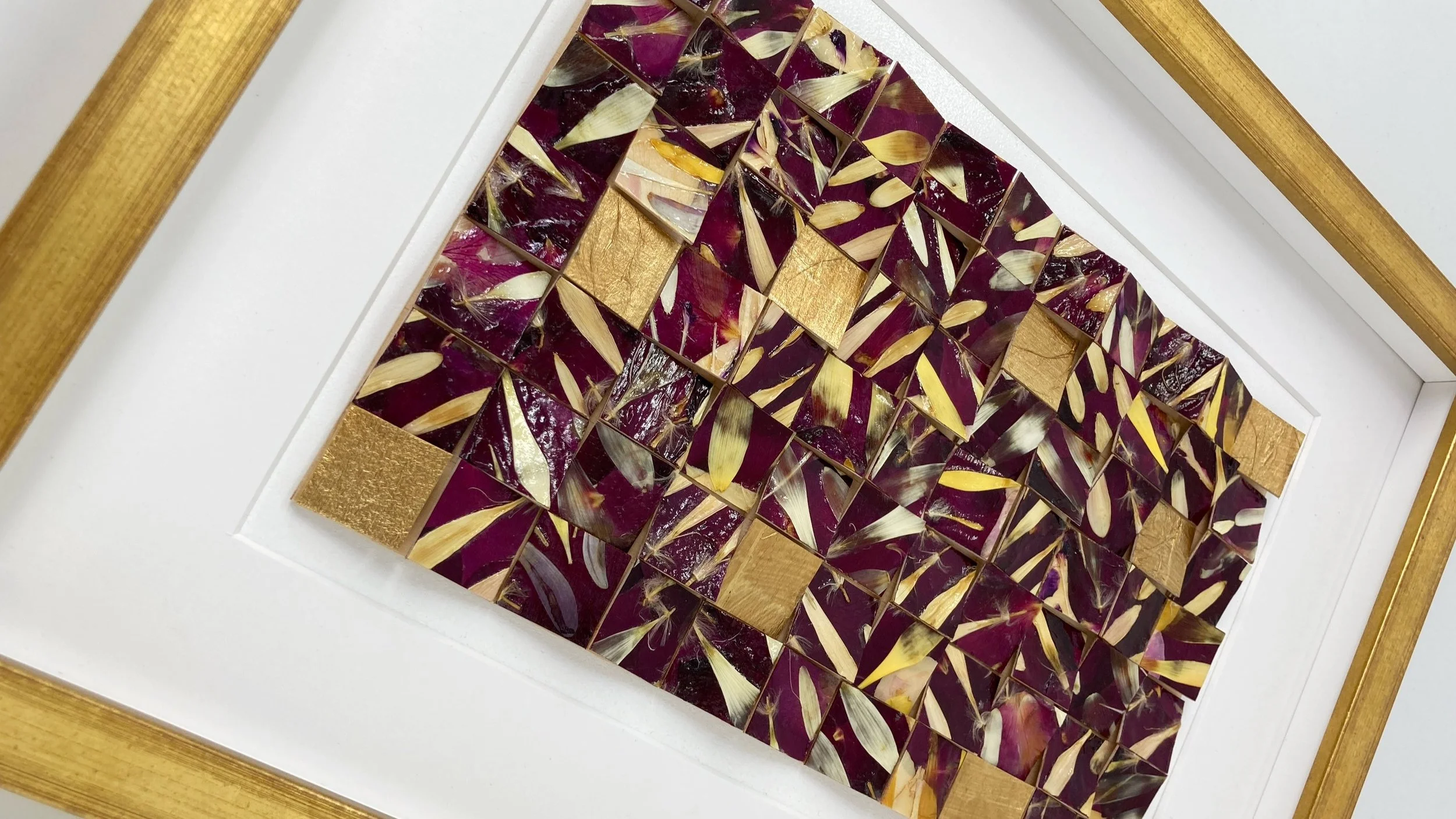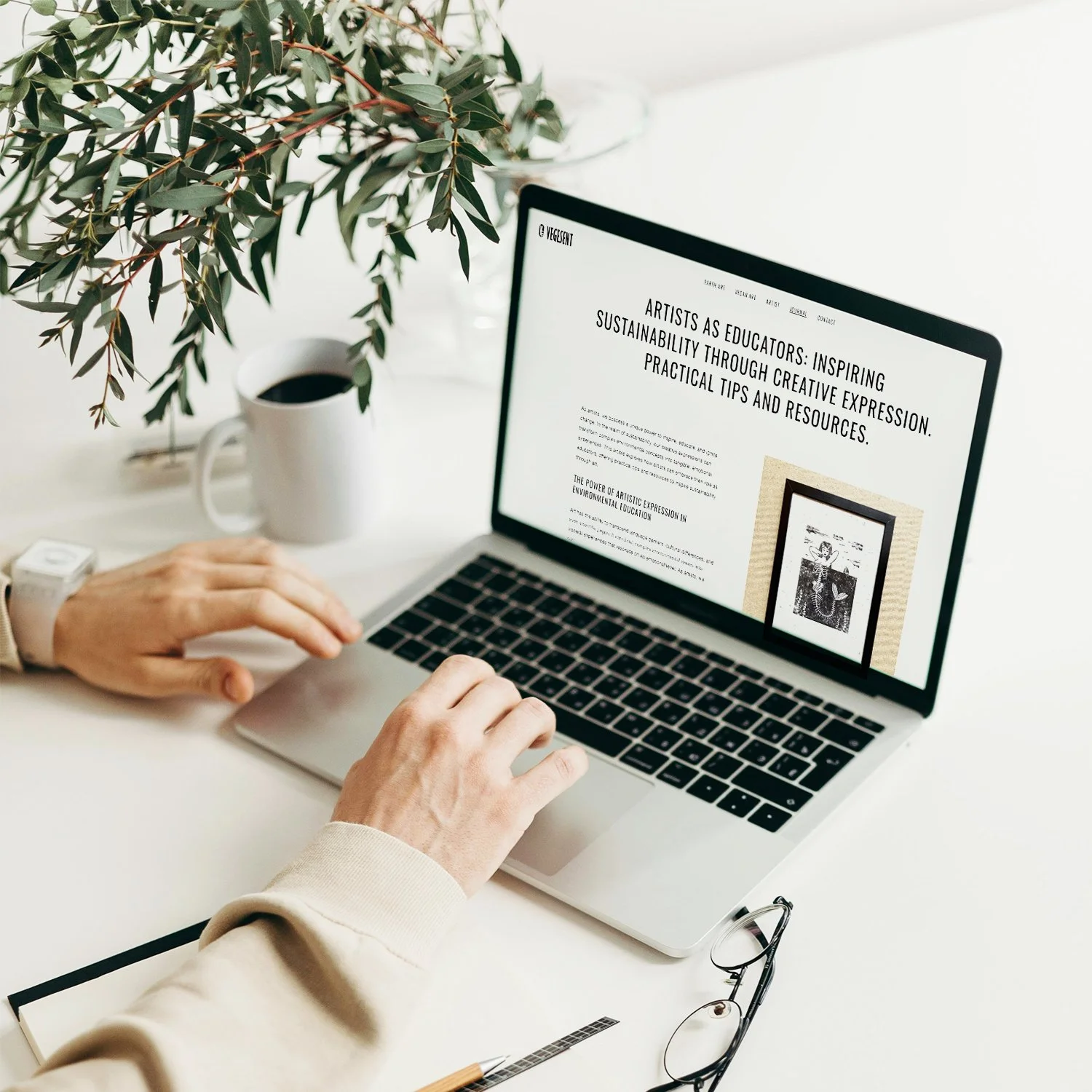Collaboration Opportunities with Sustainability-Connected Organizations and Businesses for artists
Artists, you're part of a vibrant community at the intersection of creativity and global awareness. In today's world, where sustainability is not just a buzzword but a necessity, your artistic voice can be a powerful catalyst for change. By partnering with sustainability-focused organizations and businesses, you can amplify your impact, reach new audiences, and contribute to a greener future. Let's explore how you can forge these meaningful collaborations in Helsinki and beyond.
Why Collaborate for Sustainability?
Collaborations between artists and sustainability-oriented entities create a symbiosis of creativity and purpose. Your art can visualize complex environmental issues, making them more accessible and emotionally resonant. In turn, partnering with these organizations can provide you with new platforms, resources, and inspiration for your work.
ARTIST SPOTLIGHT: Ines Jales (WEBSITE). FEATURING Common Hoopoe Watercolor and graphite ARTWORK.“ I have done a commissioned pieces to organisations I share values with and I’m always open to new ways to partner with brands/ companies that I admire."Types of Collaborations
The possibilities for artist-sustainability partnerships are vast. Here are some ideas to spark your creativity:
Public Art Installations
Create eco-friendly public art that raises awareness about specific environmental issues.
Upcycling Workshops
Partner with recycling centers or circular economy businesses to host workshops teaching art from recycled materials.
Corporate Commissions
Approach environmentally conscious companies to create artwork for their offices or products, infusing their brand with artistic flair.
Event Collaboration
Participate in or help organize sustainability-themed events, exhibitions, or festivals.
Educational Programs
Work with schools or community centers to develop art-based environmental education programs.
Digital Collaborations
Create virtual reality experiences or digital art pieces that showcase environmental data or scenarios.
Artist spotlight: Maria Rosa (website).“Flowers, which form the foundation of my work, are sourced from surplus or discarded blooms—petals and stems that would otherwise be considered waste. These flowers are transformed into pigments, textures, and structural elements, giving new life to what is often seen as ephemeral.My clients and audience often value the sustainability in my work, appreciating the use of reclaimed materials and the eco-conscious message. It creates a deeper connection and often influences their decision to support art that aligns with their values.”Identifying Potential Partners
Helsinki, known for its commitment to sustainability, offers a rich landscape of potential partners. Start by looking at local environmental nonprofits, eco-friendly businesses, and community organizations. Some examples include:
The Finnish Association for Nature Conservation (Suomen luonnonsuojeluliitto)
WWF Finland
Helsinki's Smart & Clean Foundation
Sustainable Fashion Collectives like NOMA
Circular Economy Startups in the Helsinki region
Don't limit yourself to environmental organizations. Consider partnering with ethical businesses, social enterprises, or even forward-thinking tech companies that prioritize sustainability.
Initiating Contact
When reaching out to potential partners, prepare a concise but compelling pitch. Highlight your artistic expertise, your passion for sustainability, and your vision for collaboration. Be specific about how your art can contribute to their mission. Remember, these organizations receive many partnership requests, so make yours stand out with a clear, unique proposal.
“I actively partner with sustainability through various initiatives. I collaborate with organizations like FlowerRescue to reduce floral waste, donating a portion of my sales to support their work. Additionally, I work with Camille Joslet, a curator based in Switzerland who is deeply passionate about ecology, to bring my eco-conscious art to broader audiences.” - Maria Rosa (website).Case Study: Art Meets Circular Economy
Imagine collaborating with Sitra, the Finnish Innovation Fund, on their circular economy initiatives. You could create an interactive sculpture made entirely of recycled materials, showcasing the potential of waste as a resource. This installation could travel to different locations in Helsinki, engaging the public and sparking conversations about consumption and waste.
Mutual Benefits
These collaborations are not just about advancing a cause; they can significantly benefit your artistic career:
Exposure: Reach new audiences who might not typically engage with art galleries.
Funding: Access grants or sponsorships specifically for sustainability-focused art projects. Like Kone Foundation: “In the Woods”.
Network Expansion: Connect with like-minded artists, activists, and professionals.
Skill Development: Learn about environmental issues and sustainable practices, enriching your artistic perspective.
Meaningful Impact: See your art make a tangible difference in your community and beyond.
Overcoming Challenges
Collaborations can sometimes be challenging. You might face differences in vision, bureaucratic hurdles, or resource constraints. Approach these partnerships with patience, clear communication, and a willingness to compromise. Remember, the goal is to create something greater than what either party could achieve alone.
Once you've established a collaboration, nurture it. Keep lines of communication open, be reliable, and continually bring fresh ideas to the table. Document your projects thoroughly – not just the final product, but the process and impact. This documentation can be crucial for securing future partnerships and grants.
Inspiring Examples from Helsinki
Look to your fellow Helsinki artists for inspiration. For instance, the "Polluted Water Popsicles" project, where artists froze polluted water from Helsinki's waterways into popsicle shapes, created a powerful visual statement about water pollution. Another example is the annual "Trash to Fashion" show, where designers create high fashion from recycled materials, challenging perceptions of waste.
Your Role in Shaping a Sustainable Future
As artists, you have a unique power to shape perceptions, evoke emotions, and inspire action. By partnering with sustainability-focused organizations and businesses, you're not just creating art – you're crafting a narrative for a more sustainable future. Your creations can be the bridge that connects environmental science with public understanding and action.
Helsinki, with its blend of artistic heritage and forward-thinking environmental policies, provides fertile ground for these collaborations. As members of the Helsinki International Artists Association, you're perfectly positioned to lead this movement of art for sustainability.
So, reach out, propose, create, and inspire. Your next collaboration could be the catalyst for transformative change in our community and beyond. The canvas of sustainability is vast, and your artistic voice is needed. Let's paint a greener future together, one collaboration at a time.
ARTIST SPOTLIGHT: Inês Jales. Bateleur Eagle Pastel pencils on recycled paper.“Im part of communities where [environmental sustainability in art] topics are relevant and often talked about."Author: Veronika Kvitko, a Finland-based artist, an advocate for human, animal, and environmental wellbeing, and is the Vice Chairperson of the Helsinki International Artists Association.
🌿 Ready to grow your art career as an eco-curious creative?
Join the training “Green Growth” and learn how to share your unique artistic voice, discover sustainable resources that fit your practice, and connect with a supportive community of like-minded creators.
RELATED ARTICLES
RELATED ARTICLES
eco-conscious Sustainable marketing in arts (hiaa)
From leveraging digital platforms to creating eco-friendly physical materials, there are numerous ways to market art responsibly. By embracing collaborative, community-based approaches and transparently communicating sustainability efforts, artists can build meaningful connections with their audience.
educate through art (HIAA)
As you embark on your journey as an artist-educator, know that your work is contributing to a larger tapestry of change, weaving together creativity, education, and sustainability.
Let your art be the bridge that connects hearts and minds to the pressing environmental issues of our time. Through your creative expression, you have the power to nurture a new generation of environmentally conscious citizens.
upcycling in arts (HIAA)
Upcycling allows us to create thought-provoking art while contributing to Helsinki's circular economy goals.
Let's challenge ourselves to see the artistic potential in the discarded and forgotten. By transforming waste into art, we not only create unique pieces but also spark important conversations about consumption and waste in our society.











